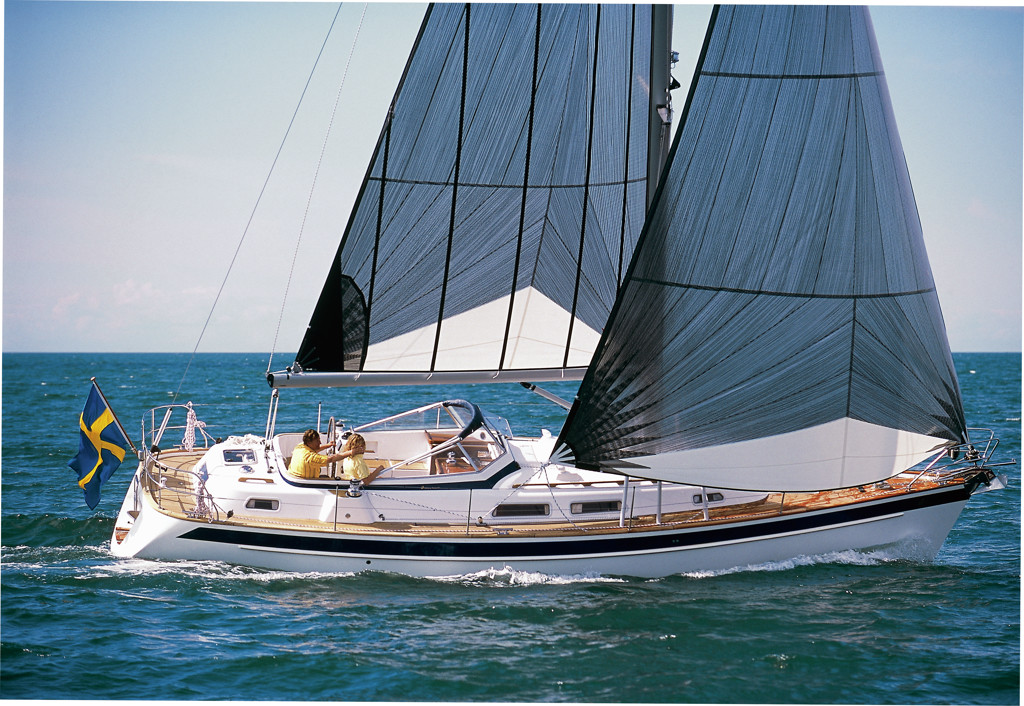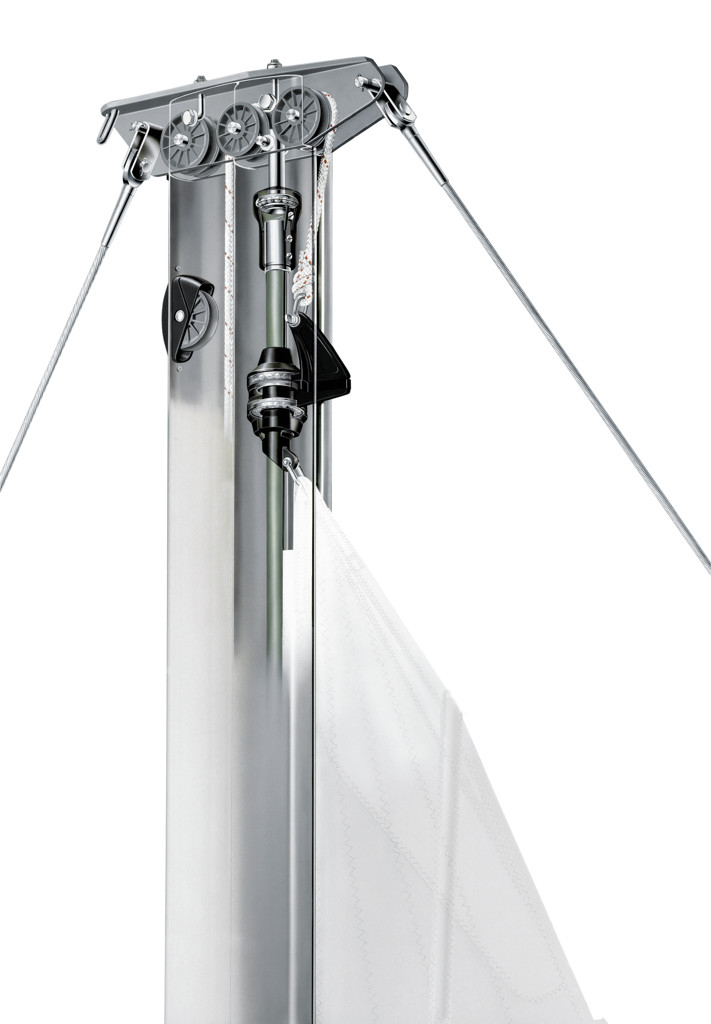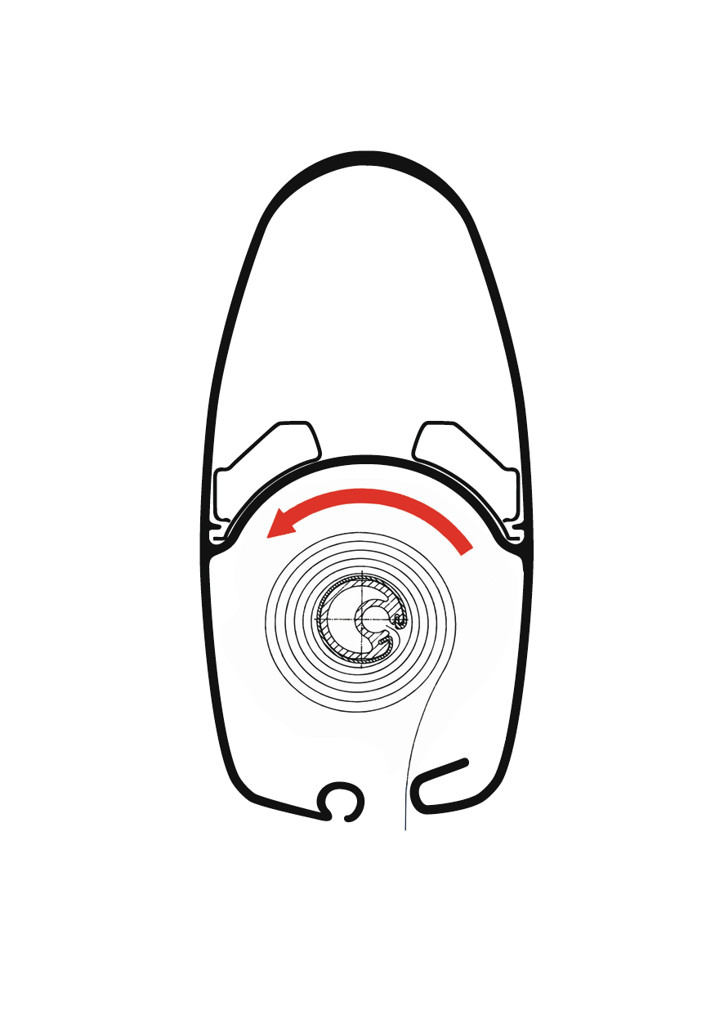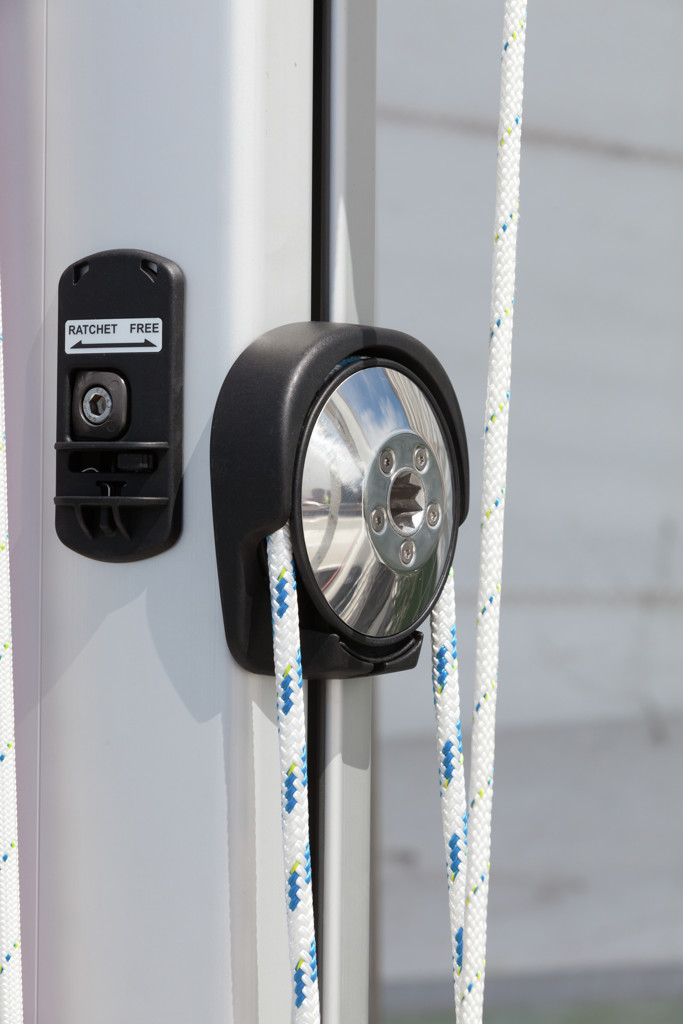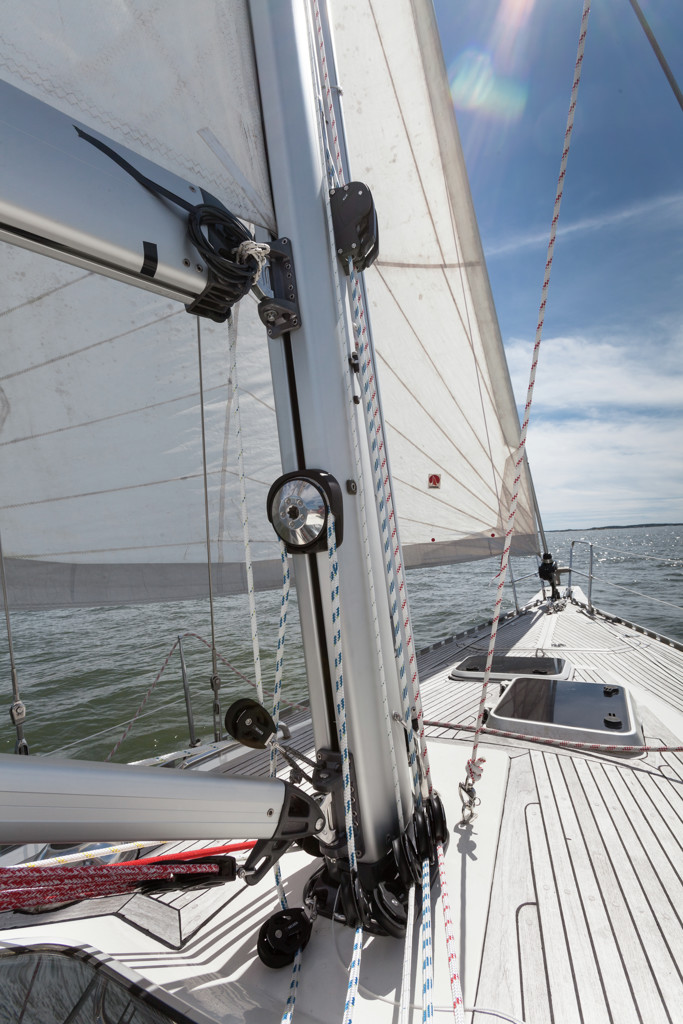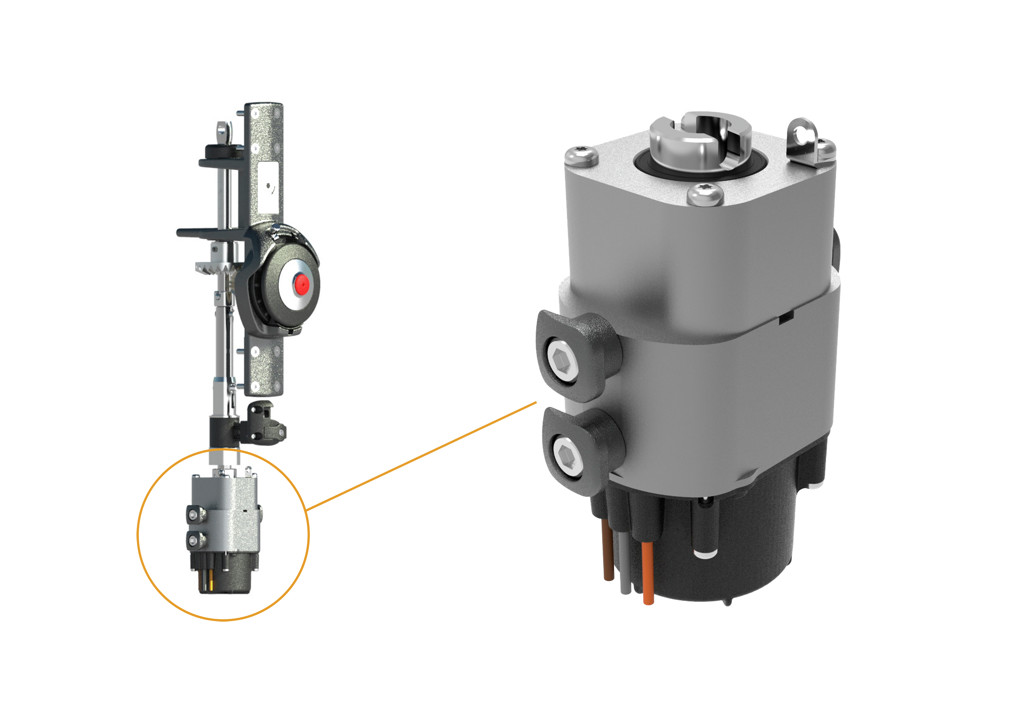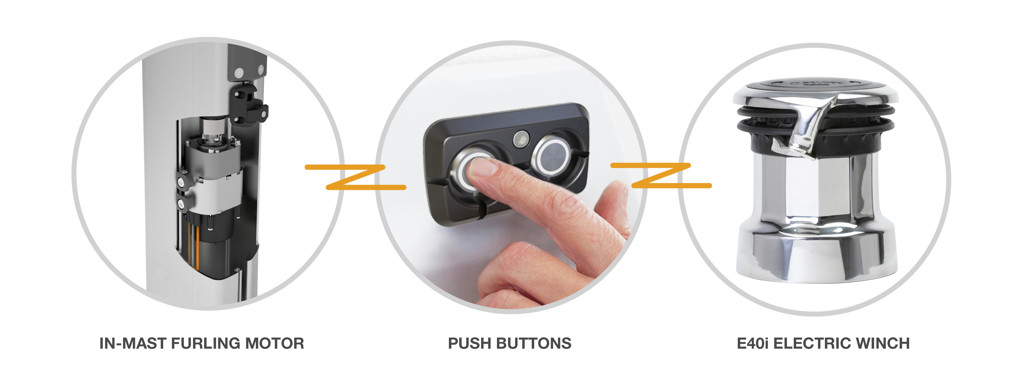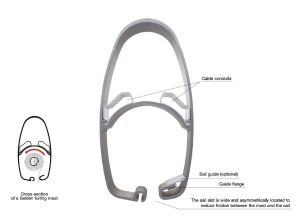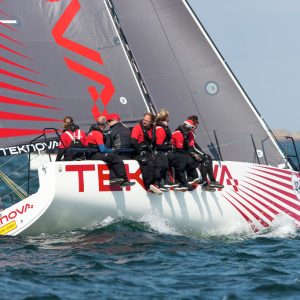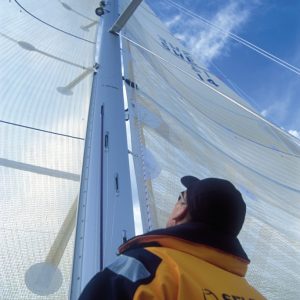Description
A SELDÉN FURLING MAST LETS YOU OPERATE YOUR MAINSAIL FROM THE COCKPIT. SIMPLE AND CONVENIENT
Its unique features for reducing friction and initial sail resistance make furling and reefing child’s play. And it also makes sailing safer and far easier for you and your crew.
With a powered furling mast and a powered Furlex jib furler it is even easier to set, reef and handle your sails. You can work your sails single handed, without leaving the helm. Powered systems are available for yachts ranging from 35 to 70 feet.
MORE ENJOYABLE
Due to the easy handling, with a furling mast you will do more sailing and less motoring.
EASY
A Seldén furling mast makes it easy to unroll and set your mainsail. Rolling it in is just as quick and easy. As your sail is neatly stowed out of the way the instant it is rolled in, you have a clear view when manoeuvring under power.
SAFE
You can set your sail to suit the weather conditions, from the safety of the cockpit.
EFFICIENT
By furling the sail vertically into the mast, you don’t have to furl very much to get a substantial decrease of the sail area.
SIMPLE
You hoist the sail just once a season, so a small crew can manage a much larger boat.
WELL BALANCED
There are no fixed reef points, so the number of combinations between furling genoa and main are unlimited.
THE SELDÉN FURLING PRINCIPLE
The wide sail slot allows for vertical battens and a positive roach of the mainsail and the sailgroove on the luff extrusion is located asymmetrically to help the sail furl easily around the extrusion.
The furling system is based on Seldén’s proven technology. Geared line driver winch, tensioned luff extrusion and the patented load distributor of the halyard swivel. All to make furling an easy and fast operation. The Seldén furling masts come with twin cable conduits, enabling the cables to run freely and well protected from all running rigging. The cable conduits also facilitate cable replacement.
EASY TO OPERATE
There is an outhaul line for rolling out the sail, and an endless line for rolling it in. It’s simple as it sounds. Or if you wish, you can operate the sail at the mast using a winch handle. The geared reefing winch mechanism runs on ball bearings, so it takes little effort to roll in the sail. Greasing holes in the mast facilitate maintenance.
ACCESSIBLE
Two oval holes on the port side of the mast allow for easy access to the tack attachment, sail fees, tensioning screw and halyard swivel. Just remove the composite covers and the rest speaks for itself. You can inspect the halyard swivel and carry out annual maintenance through the upper access hole.
ABSORBS ALL SAIL FORCES
The outhaul cars are fitted with horizontal and vertical wheels, enabling them to absorb forces from every direction.
TURNING BLOCK FOR CONTROL LINES
Turning blocks at the base of the mast are designed to enable the ready-spliced, endless line to be easily threaded into position. Seldén deck blocks have the same feature.
LOW FRICTION
The sail groove on the luff extrusion is located asymmetrically to help the sail furl easily around the extrusion. In addition, the rotating luff extrusion is tensioned and fitted with ball bearings top and bottom. This reduces friction between the sail and the inside of the sail compartment.
UPGRADE YOUR MAST TO ELECTRIC DRIVE
To make sail handling easier for a small crew we have synchronized an electric motor in the mast with a newly developed electric winch for the outhaul, E40i. Push a button and the sail comes out in a controlled fashion as the winch adjusts the outhaul tension in relation to the motor in the mast. This is what we call Synchronized Main Furling.
IN-MAST FURLING MOTOR
Converting a manually operated furling mast is quite easy. Basically, the vertical shaft in the original line driver is replaced for a longer version which is connected to the motor. A clutch allows the motor to be disconnected for manual operation, if ever needed. The motor is completely integrated in the mast and connected to the Seldén Power Supply and SEL-Bus system.
The motor can be retrofitted to Seldén furling masts type RB (~36-43’ yachts).





